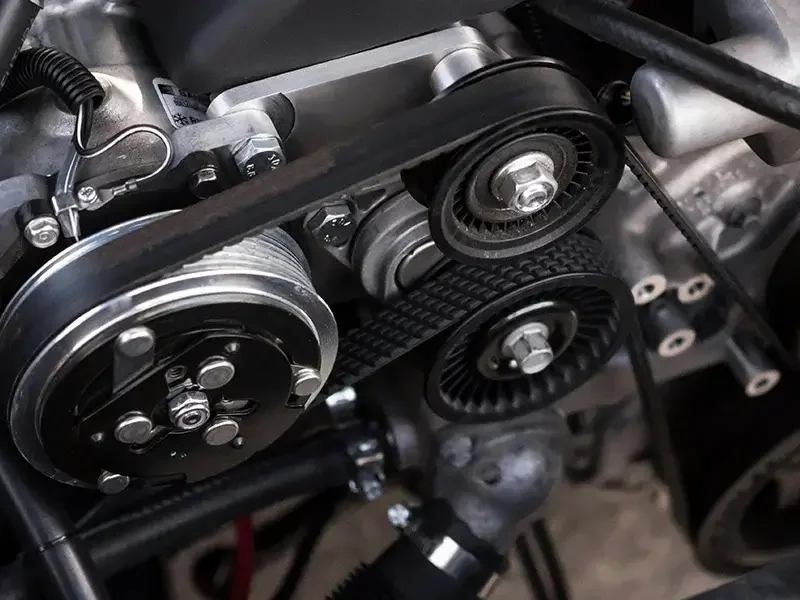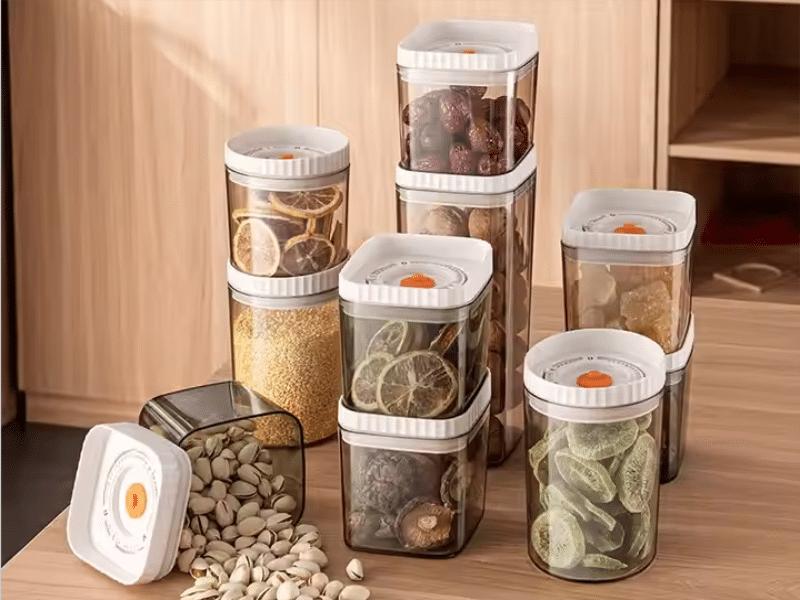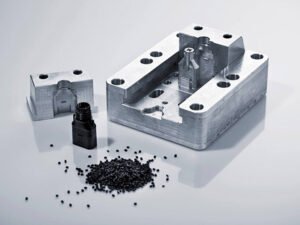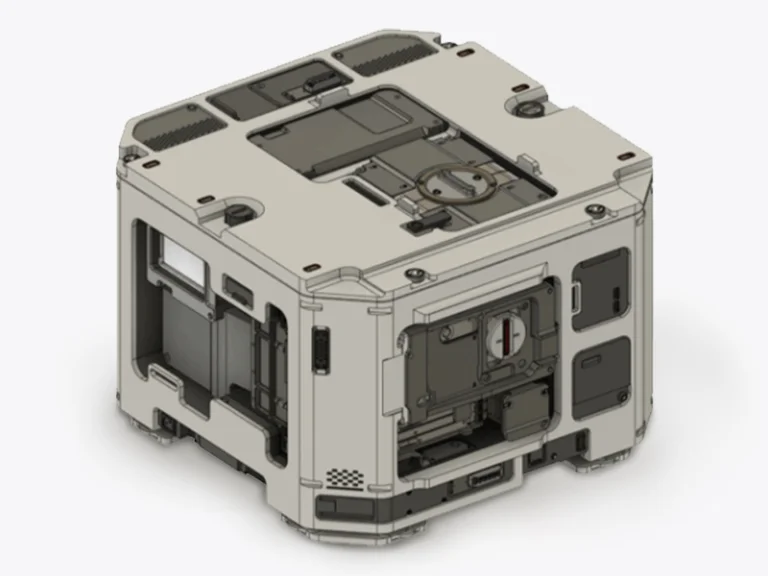HDPE Injection Molding

What is HDPE Injection Molding?
Our high-density polyethylene injection molding process ensures superior impact strength, chemical resistance, and flexibility. Using advanced polyethylene injection moulding techniques, we manufacture durable components with excellent environmental stress-cracking resistance.
- Mold Design: Optimized to minimize shrinkage and ensure dimensional accuracy.
- Processing: Injection molding HDPE involves melting the resin at controlled temperatures and injecting it into precision-engineered molds.
- Cooling & Solidification: Carefully regulated cooling prevents warping and improves consistency.
- Post-Processing: Secondary treatments such as CNC machining, welding, or surface finishing enhance functionality.
With expertise in HDPE plastic molding, we provide scalable solutions for industries requiring durability, chemical resistance, and cost-effective production. Our HDPE molding services cover the entire manufacturing process, including DFM (Design for Manufacturability), precision mold tooling, surface finishing, assembly manufacturing, and strict quality management to ensure optimal results at every stage.
Injection Molding HDPE Parameters Table
| Parameter | Recommended Range |
|---|---|
| Wall Thickness | 0.8mm - 6.0mm |
| Maximum Part Size | 1500mm x 1000mm x 600mm |
| Minimum Feature Size | 0.5mm - 2.0mm |
| Tolerances | ±0.03mm - ±0.15mm |
HDPE Material Properties
Polyethylene injection moulding is widely used for impact-resistant and chemically stable applications. Its moisture resistance, flexibility, and toughness make it ideal for harsh environments. Key Material Properties:
- High impact strength – Withstands heavy mechanical stress.
- Excellent chemical resistance – Resistant to acids, solvents, and detergents.
- Moisture & UV resistance – Ideal for outdoor applications.
- Lightweight & durable – Low-density material with high strength.
| Property | Density | Tensile Strength | Flexural Strength | Impact Strength (Unnotched) | Heat Deflection Temp (0.45 MPa) |
|---|---|---|---|---|---|
| Value/Description | 0.93 - 0.97g/cm³ | 20 - 37 MPa | 20 - 50 MPa | >15 kJ/m² | 75 - 90℃ |
- The above parameters represent the baseline performance of the materials. Actual application should be dynamically optimized based on specific working conditions.
Looking for Reliable HDPE Injection Molding?
Advantages & Disadvantages of HDPE Injection Molding
HDPE (High-Density Polyethylene) injection molding is widely used for producing durable, lightweight, and cost-effective plastic parts across various industries. However, like any material, it comes with both strengths and limitations. Understanding the key advantages and disadvantages of HDPE injection molding can help you make informed decisions for your next project.
Advantages
- Superior Impact Resistance – Withstands heavy loads and mechanical stress.
- Excellent Chemical Resistance – Ideal for chemical containers and piping.
- Moisture & UV Resistance – Performs well in outdoor environments.
- Cost-Effective & Recyclable – Environmentally friendly and economical.
Disadvantages
- Lower Heat Resistance – Softens at temperatures above 90℃.
- Limited Rigidity – Not as stiff as other engineering plastics.
- Difficult Surface Treatment – Poor adhesion to paints and coatings.
Applications of HDPE Injection Moulding
Automotive Industry

- Fuel tanks & fluid reservoirs
- Protective underbody components
- Battery cases & cable insulation
- Seat belt components
Industrial & Mechanical

- Piping & fittings for chemical processing
- Pallets, crates, and storage bins
- Machine housings & covers
- Wear-resistant conveyor components
Consumer Goods

- Reusable bottles & food containers
- Furniture & playground equipment
- Household storage solutions
- Sporting goods & protective gear
Medical Devices

- Sterile packaging & medical trays
- Chemical-resistant tubing & containers
- Prosthetic components & orthopedic
- Non-toxic, food-safe medical parts
Jiangzhi HDPE Injection Molding Parts Are Guaranteed

FAQs About Injection HDPE Molding
HDPE is more rigid, stronger, and chemically resistant than LDPE, which is softer and more flexible.
- HDPE Injection Molding – Best for structural and industrial applications.
- LDPE Injection Molding – Used for flexible packaging and tubing.
Common Causes:
- Uneven cooling due to improper mold design.
- High shrinkage rate leading to dimensional instability.
- Poor gate placement causing internal stress.
Solutions:
- Optimize cooling systems to ensure uniform cooling.
- Maintain consistent wall thickness.
- Use proper gating and processing techniques.
Optimization Strategies:
- Increase mold and melt temperature for better material flow.
- Adjust injection speed to minimize weld line formation.
- Use higher molecular weight HDPE grades for better bonding.
Yes, but it must be paired with compatible materials such as TPE, PP, or EVA. Key Considerations:
- HDPE as the structural layer for durability.
- TPE or PP as the outer layer for flexibility or sealing properties.
- Ensure strong adhesion to prevent delamination.
Yes! HDPE parts can undergo:
- CNC machining – Requires sharp tools and cooling to prevent melting.
- Welding (hot gas, ultrasonic, or extrusion welding) – Ideal for joining HDPE components.
- Surface treatments – Limited adhesion to coatings, but corona or flame treatment can improve bonding.



